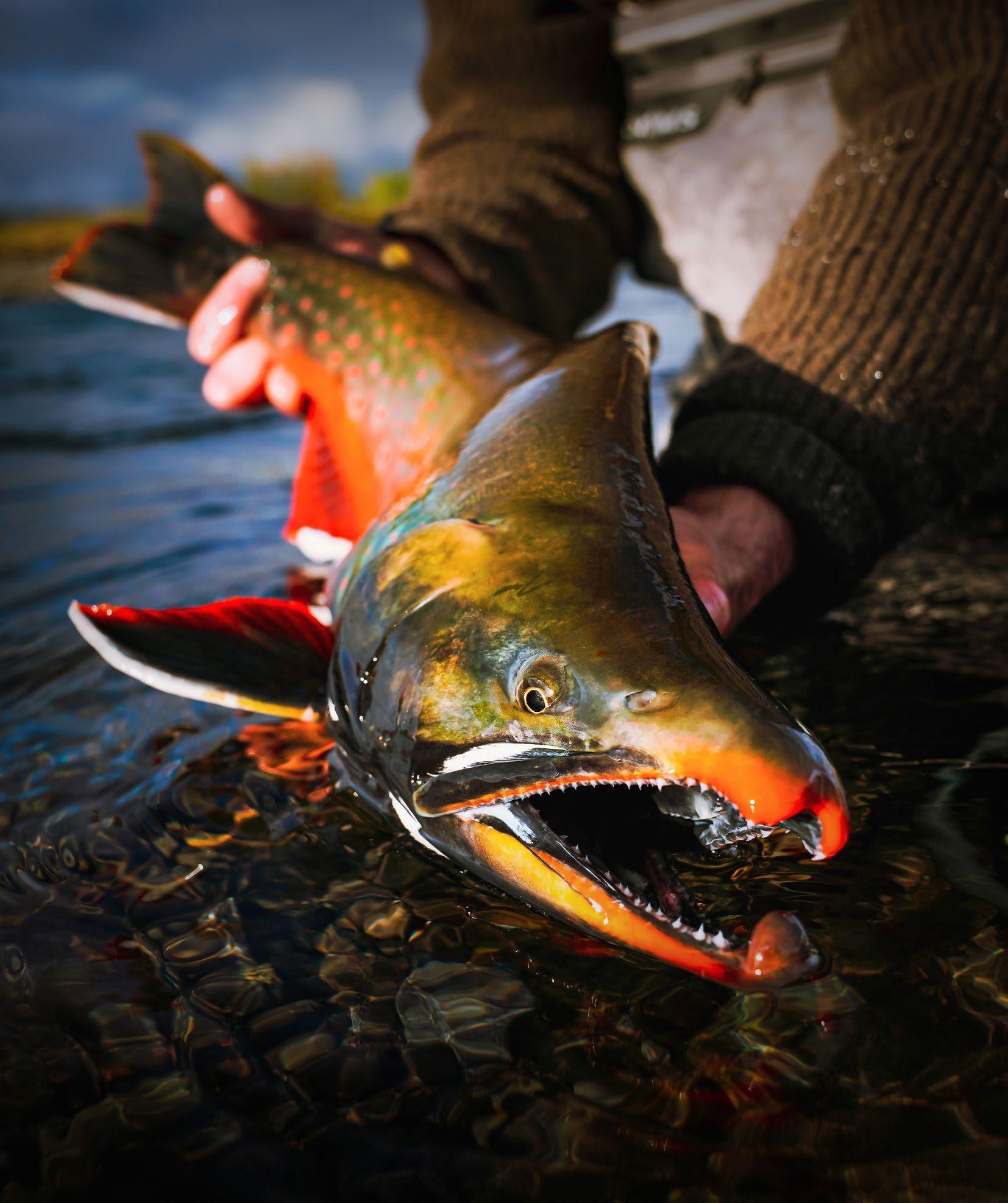The Robber Crab's Unique Adaptations

Uniquely amongst hermit crabs, Robber Crabs boast a hardened shell protecting their abdomen, liberating them from the quest for discarded shells for safety. This exceptional adaptation not only shields them from water loss but also grants them the extraordinary ability to grow indefinitely, contributing to their impressive size.
Independent Living
Unlike their relatives, Robister biological independence enables Robber Crabs to thrive without the constant search for a new shell, a critical factor in their capacity for growth.
Behavioral Traits of Robber Crabs
Robber Crabs, primarily nocturnal creatures, emerge in the cooler hours of the night to scavenge a diverse diet ranging from fruits to carrion. These opportunistic feeders are known to drag their trove back to their burrows for secure consumption.
Nighttime Foraging
Employing the cover of darkness, these crabs are effective in locating food, favoring environments such as Aldabra Island in the Seychelles, where they partake in tortoise eggs and the remains of tortoises.
Robber by Name, Robber by Nature

The Robber Crab's name is a nod to its proclivity for shiny objects and the occasional theft of objects from campsites, from pots to shiny trinkets.
The Diet of the Robber Crab
The striking fondness for coconuts has earned the Robber Crab its alternate name, Coconut Crab. While it has gained notoriety for allegedly slicing coconuts from trees, their actual method involves cracking opened or sprouting coconuts with their mighty claws.
Coconut Predation
The myth of the coconut-cutting crab is often disputed, with the reality being their predilection for accessible, cracked coconuts rather than performing arboreal acrobatics.
The Robber Crab's Climbing Abilities
Although they lack specialized climbing adaptations, these crustaceans are adept climbers, using their sharp claws to ascend trees in search of food or refuge.
Climbing Behavior and Human Interaction

Incredibly, Robber Crabs can scale trees exceeding 6 meters, revealing not only their strength but also exposing them to unique human trapping methods that exploit their natural behaviors.
The Lifecycle of the Robber Crab
Mating on land, the female Robber Crab carries the fertilized eggs to the sea, where the larvae commence their life adrift amongst plankton. Over the ensuing weeks, the larvae undergo transformations until they are ready to continue their terrestrial lives, initially donning abandoned shells like their smaller hermit crab cousins.
The Oceanic Journey of Robber Crab Larvae
Given their relatively short aquatic larval stage, experts theorize that the inter-island dispersal of Robber Crabs may have been facilitated by the buoyancy of floating coconut husks, unwittingly aiding in their widespread distribution.
Conservation of the Robber Crab
The survival of the Robber Crab faces threats from habitat destruction, overharvesting for food, and predation by introduced species. Slow-growing and late to mature, these crabs are a delicacy resembling the taste of lobsters but offer an abundance of meat due to their size.
The Delicate Balance of the Robber Crab Population
Conservation efforts for the Robber Crab are critical as they battle against both natural and human-induced challenges to their survival and propagation.
Further Reading and Resources
For those seeking more in-depth information, additional resources provide detailed studies on the Robber Crab, including insights into their role in seed dispersion, detailed fact sheets on their habitat, and personal narratives accompanied by vivid photography.